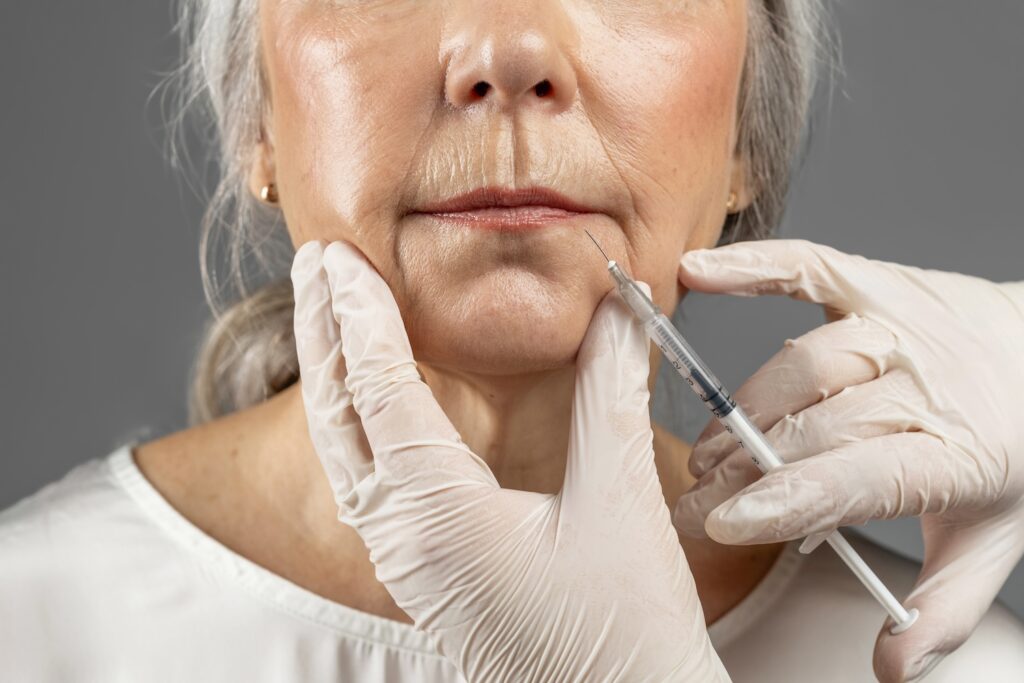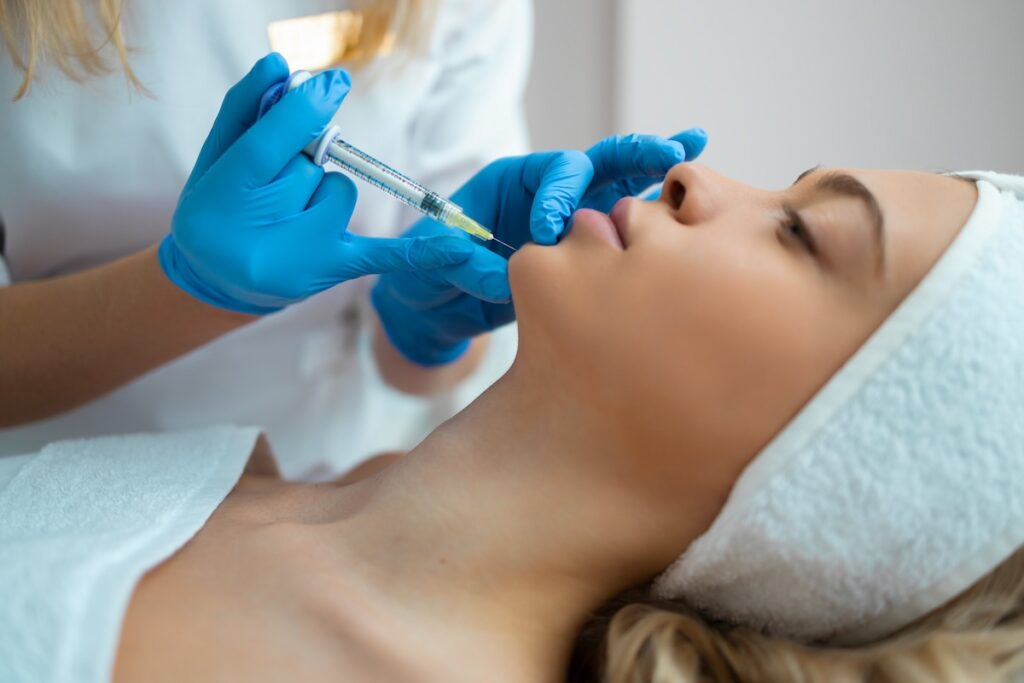
If you’re bothered by the appearance of deep creases in your face, you may wonder which of the many cosmetic options is best for you. We have the answer for you here.
It started out as a few fine lines and wrinkles, but before you knew it, you had deep creases crossing your face that made you feel older than you wanted. You could turn to a surgical procedure like a facelift, but is that really the best option for you?
At 817 Surgical Arts, triple-board-certified facial plastic and cosmetic surgeon Dr. Emily Johnson is happy to discuss surgical options with you, but she also wants to advise her patients in Fort Worth, Texas, that there are nonsurgical alternatives that can do the job. Here’s what she has to say about them.
A plethora of options
For lines and creases, you have a number of options that can rejuvenate your skin. One popular choice is the neurotoxins, known by brand names Botox Cosmetic®, Dysport®, and Xeomin®. Nerves in your face signal your muscles to contract when you want to make an expression such as a smile, a frown, or a squint. The neurotoxins prevent the nerves from signaling, relaxing the muscles and helping hide the furrows. These work best on fine lines and wrinkles and prevent them from worsening.
Fat grafting is a technique where Dr. Johnson uses liposuction to take fat from an area where you don’t want it and place it where you do — the deep creases of your face. The new fat plumps up the sunken area, giving you a more youthful appearance.
We also offer skin resurfacing and chemical peels, both of which stimulate the production of collagen protein, a key component in your skin’s structure. As you get older though, collagen production decreases, leading to sags and creases. The new collagen stores fill in wrinkles and creases, relaxing your face.
Dermal filler development
Dermal fillers are an excellent option for adding volume to areas of your face, neck, and hands that may have become wrinkled, creased, or hollowed as you age. Some dermal fillers stimulate new collagen production, while others only add volume in the areas deficient in the protein.
Dermal fillers were introduced in the 1970s, but they had a rough start. Made from bovine (cow) collagen, a substance foreign to the human body, the fillers caused allergic reactions in some patients. In addition, the filler caused a lot of swelling, and the treatment didn’t last long before it needed to be repeated. The newer, safer gels were introduced on the market during the early 2000s.
What are fillers made of?
Dermal fillers can be made of a number of substances, but here at 817 Surgical Arts, we rely on two of the most common and dependable types.
1. Hyaluronic acid (HA)
HA is a naturally occurring substance that attracts and holds moisture. Your skin uses it to stay plump and hydrated, which means it’s well-tolerated. HA fillers are injectable gels whose results last 6 months – 2 years depending on where they are injected and the time it takes for your body to absorb all the particles. Most HA fillers are now infused with lidocaine, an anesthetic that minimizes discomfort both during and after treatment. FDA-approved HA fillers include the Juvéderm® line of products, the Restylane® line of products, and Belotero Balance®..
2. Calcium hydroxylapatite (CaHA)
CaHA is also a natural substance found mostly in the bones. When used as a filler, the calcium particles are suspended in a smooth gel. CaHA fillers generally have a thicker consistency than HA fillers and generally last longer. The most common FDA-approved CaHA filler is Radiesse®.
Are you bothered by deep creases on your face? Your best option to reclaim a more youthful look may be one of the above treatment options. To learn more or schedule a consultation with Dr. Johnson, call/text 817 Surgical Arts at 817-290-9900, or book online with us today.


